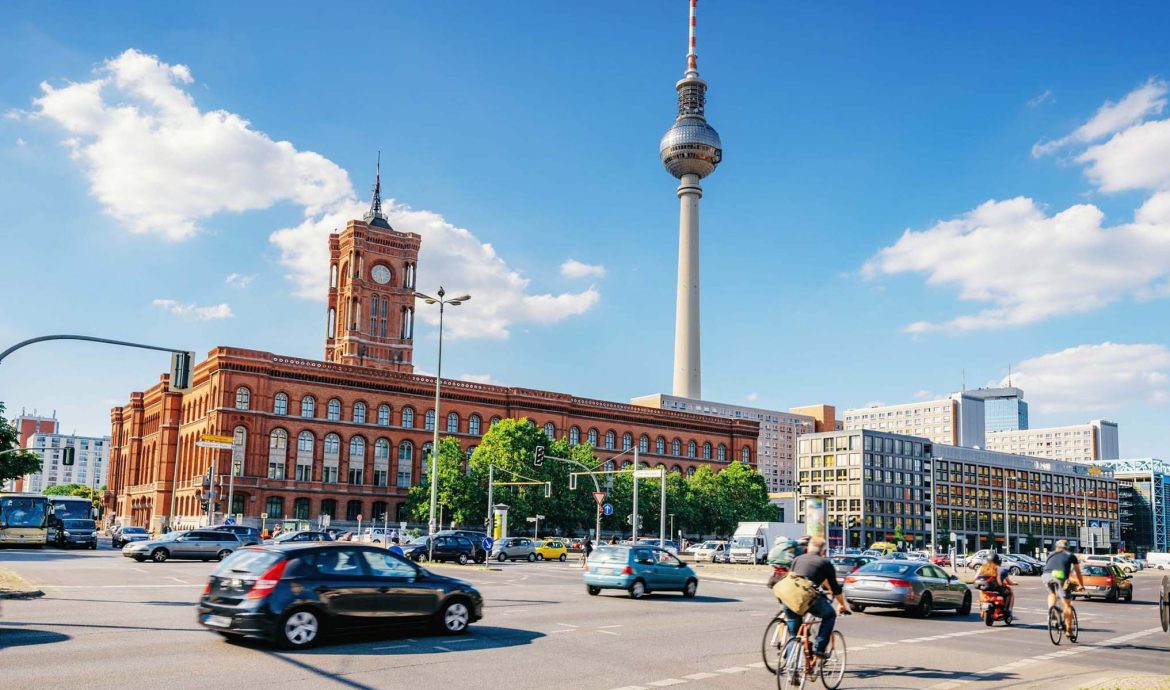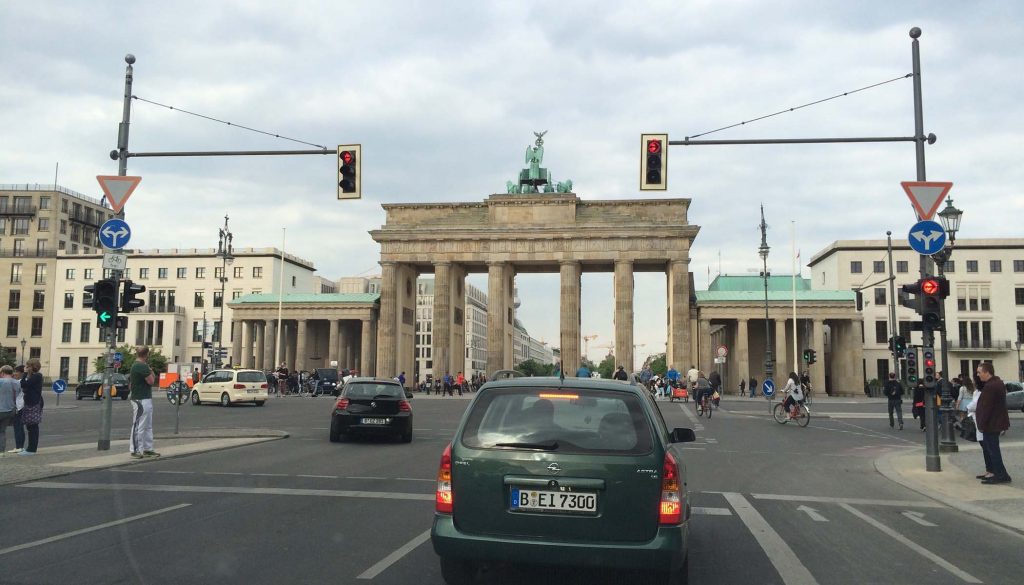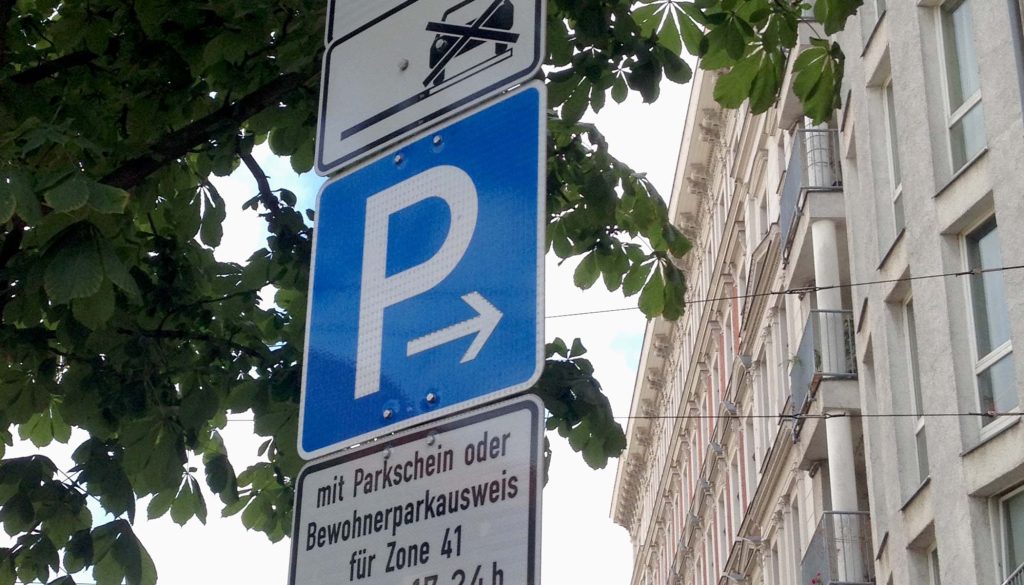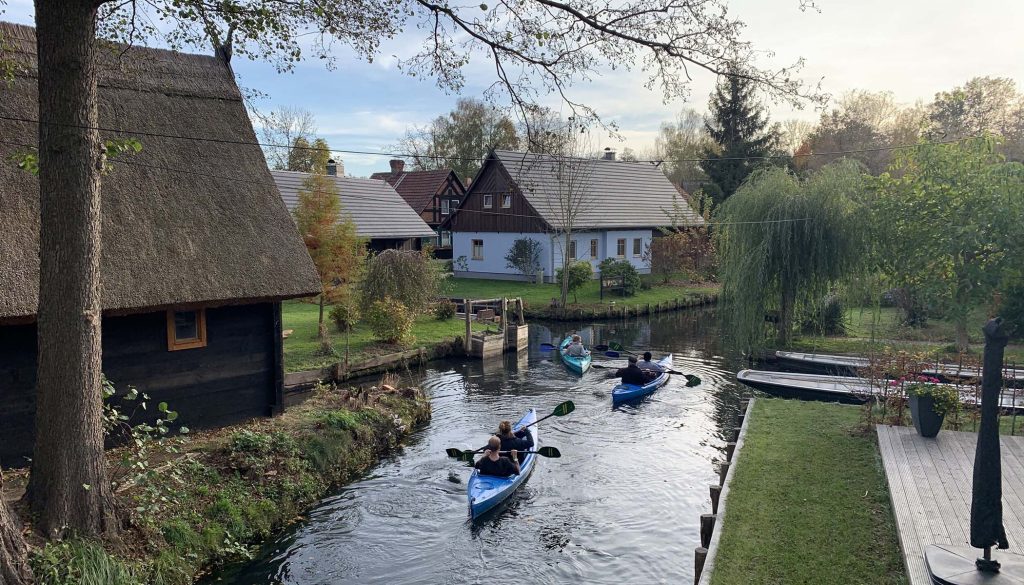
Renting a Car in Berlin: What You Need to Know Before Hitting the Road
Travel TipBerlin is a huge city, filled with diverse neighborhoods, historic sites, and hidden gems that are often best reached by car. On top of that, the surrounding areas are just as rich in beauty and culture, from the historic town of Potsdam to the scenic lakes and nature reserves. However, before you jump behind the wheel and cruise through the city’s wide streets or beyond, there are a few important things to know.
In this guide, I’ll walk you through my experience of renting a car in Berlin, providing detailed information on how to rent, the driving conditions, parking, local regulations, and some handy tips to make your road trip as smooth as possible.
1. Booking the Car: Online vs. In-Person
When it comes to renting a car in Berlin, you have two main options: booking online in advance or renting directly at one of the many rental offices in the city or at the airport. I chose to book online through a comparison website, which allowed me to compare prices, car types, and rental companies. Websites like Rentalcars.com, Europcar, and Sixt offer a wide range of options and have user-friendly platforms where you can filter your preferences.
Booking online typically gives you access to better deals, especially if you book in advance. I found that booking a week before my arrival saved me about 20% compared to last-minute prices. I opted for a compact car because Berlin is a large city with heavy traffic, and smaller cars are more practical for navigating narrow streets and finding parking. It cost me around €30 per day, which included basic insurance.
If you prefer to rent in-person, rental desks are available at Berlin Brandenburg Airport (BER) and throughout the city at major hubs like Alexanderplatz and Zoologischer Garten. However, I recommend booking in advance to avoid high last-minute prices and limited car availability, especially during peak tourist seasons.
2. Picking Up the Car
I arrived at Berlin Brandenburg Airport and headed to the car rental area, which was clearly signposted. After completing the paperwork, I was handed the keys to my car, a Volkswagen Golf. The staff at the rental counter were friendly and spoke English, which was a relief as my German is limited to a few basic phrases. The process was smooth, and within 20 minutes, I was in my car, adjusting the mirrors and plugging in my GPS.
Before driving off, I made sure to thoroughly inspect the car for any pre-existing damage. It’s important to document any scratches or dents, as the rental company might charge you for them if they’re not noted. I took pictures on my phone just to be safe. Most companies will provide you with a checklist, but it never hurts to do your own inspection.
3. Driving in Berlin: The Basics
Once I hit the road, I quickly realized that driving in Berlin is relatively easy if you’re familiar with European driving rules. The streets are wide, well-maintained, and clearly marked. However, like any major city, there are a few quirks to keep in mind:

- Right of Way: One of the most important things to remember is that cars coming from the right at intersections without traffic lights always have the right of way. This is known as “rechts vor links,” and it’s a rule that’s strictly followed in Germany.
- Speed Limits: Within the city, the speed limit is usually 50 km/h (31 mph), though it can drop to 30 km/h (18 mph) in residential areas or school zones. On the autobahn (Germany’s highway system), there are sections without speed limits, but in urban areas, the speed limit is typically 120 km/h (75 mph).
- Traffic Lights: Pay attention to the traffic lights in Berlin. They are positioned on the far side of the intersection rather than at the stop line. This took me some time to get used to, but it’s an efficient system once you get the hang of it.
- Cyclists and Pedestrians: Berlin is very bike-friendly, and cyclists have designated lanes, often in the same lanes as cars. Be extra cautious when turning or crossing intersections, as cyclists can appear quickly. Pedestrians, too, are everywhere, and jaywalking is uncommon as people usually stick to designated crosswalks.
4. Navigating Berlin’s Streets
Berlin is divided into 12 districts, and each area has its own character. Navigating from one district to another is straightforward if you have a GPS or a good map. I used Google Maps on my phone, which worked flawlessly. Just make sure you have a reliable data plan or download the maps offline beforehand.
The city’s roads are well-signposted, but like any major city, traffic can be heavy during rush hours, typically from 7:30 to 9:30 AM and from 4:30 to 6:30 PM. I encountered slow-moving traffic near Alexanderplatz and the famous Kurfürstendamm shopping street. But if you’re patient and avoid these peak times, driving can be a pleasant experience.
Berlin also has environmental zones (“Umweltzonen”), where only cars with a green environmental sticker (umweltplakette) are allowed. This sticker indicates that your vehicle meets the emissions standards required to drive in these areas. Most rental cars are equipped with the necessary sticker, but it’s always good to double-check.
5. Parking in Berlin
Finding parking in Berlin can be a bit of a challenge, especially in popular areas like Mitte, Kreuzberg, and Prenzlauer Berg. However, the city has numerous parking garages (Parkhäuser) and street parking options.

- Street Parking: In most parts of central Berlin, street parking is metered. You’ll need to look for a parking meter and pay using either coins or a card. The price varies depending on the district, but expect to pay around €1-€3 per hour. Make sure to display the ticket on your dashboard. Some areas also have free parking, but these spots are usually further from the city center.
- Parking Garages: Parking garages are a more secure and convenient option if you plan to park for longer periods. They charge by the hour, with prices ranging from €2 to €4 per hour. Many garages offer daily rates, which can save you money if you’re leaving your car for an entire day. I used one near Potsdamer Platz, which was easy to find and had plenty of spaces.
- Park-and-Ride: If you prefer to avoid the hassle of parking in the city center, Berlin has a Park-and-Ride system. You can park your car at designated spots on the outskirts and take public transport into the city. This is especially useful if you’re staying in a hotel outside the city or plan to explore for the whole day without needing your car.
6. Driving Beyond Berlin: Day Trips by Car
One of the biggest advantages of renting a car in Berlin is the ability to take day trips to the surrounding regions. Berlin’s location makes it the perfect base for exploring nearby destinations that are just a short drive away.
- Potsdam: Just 30 kilometers southwest of Berlin, Potsdam is known for its stunning palaces and gardens, particularly Sanssouci Palace. The drive takes around 40 minutes, and there’s ample parking available near the historic sites.
- Saxon Switzerland National Park: If you’re a fan of outdoor activities and hiking, Saxon Switzerland National Park is a must-visit. Located about 2.5 hours from Berlin, this park offers breathtaking views, rock formations, and hiking trails.
- Spreewald: For something more relaxed, the Spreewald region is a scenic area of canals and traditional villages. It’s a UNESCO Biosphere Reserve and just an hour’s drive from Berlin. You can rent a canoe or take a boat tour to explore the waterways.

7. Returning the Rental Car
After a few days of driving around Berlin and its surroundings, it was time to return the car. I opted to return the car at Berlin Brandenburg Airport since I had an early flight. Most rental companies allow you to return the car at a different location for an additional fee, so if you pick up the car in the city center and drop it off at the airport, it’s usually no issue.
Before returning the car, make sure it’s in the same condition as when you received it. I gave the car a quick wash at a local gas station to ensure there were no issues with cleanliness. The return process was just as straightforward as the pickup, with the rental company inspecting the car for any new damages. Once everything was cleared, I received my deposit back, and I was on my way.
8. Final Tips for Renting a Car in Berlin
- Check Your Insurance Coverage: Basic insurance is usually included, but I recommend purchasing additional coverage for peace of mind. Accidents and damage can happen, and having full insurance can save you from hefty charges later.
- Fuel Policy: Most rental companies operate on a full-to-full fuel policy, meaning you’ll need to return the car with a full tank of gas. Make sure to fill up at a gas station before dropping off the car.
- Automatic vs. Manual: While manual cars are more common and cheaper to rent in Germany, automatic cars are available if you’re not comfortable with a manual transmission. Be sure to specify your preference when booking.
- International Driver’s License: If you’re from outside the EU, check if you need an international driver’s license to rent a car in Germany. Most rental companies accept foreign licenses, but it’s best to confirm ahead of time.
You may also like
Recent Posts
- How to Plan the Perfect One-Day Darwin Adventure: A Guide for First-Time Visitors
- Direct Flights from Sydney to Darwin: A Quick Journey to the Northern City
- The Ultimate Guide to Choosing the Perfect Hiking Boots: Gear Up for Your Adventure with Scheels
- Unmissable Darwin Sunsets: Beautiful Moments Along the Coastline
- Gear Up for Adventure: Essential Women’s Hiking Apparel for Every Trial, Available at Scheels
About me & the blog

I am Slavoljub Vukovic, a former professional basketball coach who now works full-time in the travel blogging industry, while also pursuing a career as a freelance photographer.
On the blog, I share detailed hiking travel guides and hiking routes in various countries, including important tips and essential items lists.


Leave a Reply